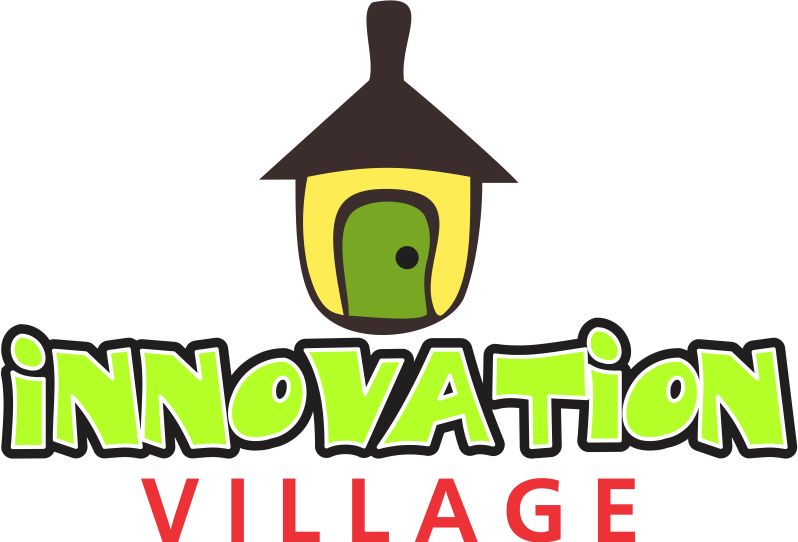Incorporating STEAM Education into the Nigerian Curriculum will result in a significant shift in the country’s educational landscape. This is the ‘Jet Age,’ where our bright young minds must put their energy and aptitude to work in order to generate innovators who can solve global challenges.
What Is STEAM Learning?
STEAM stands for Science, Technology, Engineering, Art, and Mathematics. STEAM is a project-based and problem-solving approach to education and learning that has been shown to foster creativity, innovation, and value creation in both children and adults.
An overview of STEAM education in Nigeria was published in a previous article on innovation village.
Is Nigeria Ready for STEAM Learning?
Unfortunately, Nigeria has not yet reached the point where broad course specializations are taken seriously. Even at the postgraduate level, where one must be a master of a topic, there is still no specialization that allows one to gain a better perspective or view of the area in which they are interested.
This offers each youngster a muddled image of the course they will eventually study, and as a result, children pursue courses that are classified as “professional courses.” What Nigerian child, for example, still aspires to be a lecturer? The only opportunity for a postgraduate or doctoral student to specialize is during their thesis, which is ludicrous and insufficient.
Unfortunately, the world is moving at an incredibly rapid pace, and the digital era we’re heading toward is clearly not having to wait for any of us. We need to instill in our students a greater appreciation for science and mathematics, as well as expose them to the many ways math and science may be used to solve issues.
How can we introduce STEAM?
What if we could come up with a solution that would be good for everyone?
- In order to cultivate a love for STEAM education, parents, instructors, and guardians must first expose their children to STEAM materials and technologies. Code, circuit designs, modeling, and math are all taught using STEAM technologies. You can’t escape it; it’s all around you. Let me know if you need any help.
- Regardless of the inherent abilities of children, they must be exposed to technology, science, engineering, art, and mathematics, as well as the developing technological trend of artificial intelligence and the ability to discern useful from irrelevant information.
- Ensure that youngsters comprehend their environment, as innovation results in increased understanding, and increased understanding results in increased creativity.
- Communication and teamwork — Oftentimes, children should be assigned projects that need them to work collaboratively to complete tasks, and these projects should be task-based.
- Most essential, STEM materials and instruments should be accessible to youngsters, affordable, and well-maintained.
- Most Nigerian children already regard math to be a problem and a challenge; teachers may go a step further in improving math learning by engaging students in a more practical class rather than a theoretical one; however, if teachers are not adequately compensated, what will drive the passion?
- STEAM must be integrated into all school curricula – preschool, elementary, and secondary – and these STEAM-integrated curricula must be made available to all children in Nigeria, affluent and poor alike.
- The government should prioritize curriculum development to incorporate STEAM as well as the maintenance of STEAM tools; funds and support from NGOs, public organizations, private corporations, and alumni can also be used to inspire children through STEAM education competitions.
Conclusion
Parents play a critical role in this, and I am pleased to state that some conventional high schools in Nigeria now provide after-school STEAM club activities. However, STEAM as an after-school program is insufficient to effect the necessary changes in the Nigerian educational sector. Additionally, the government requires beneficial policies to implement into the educational system.


